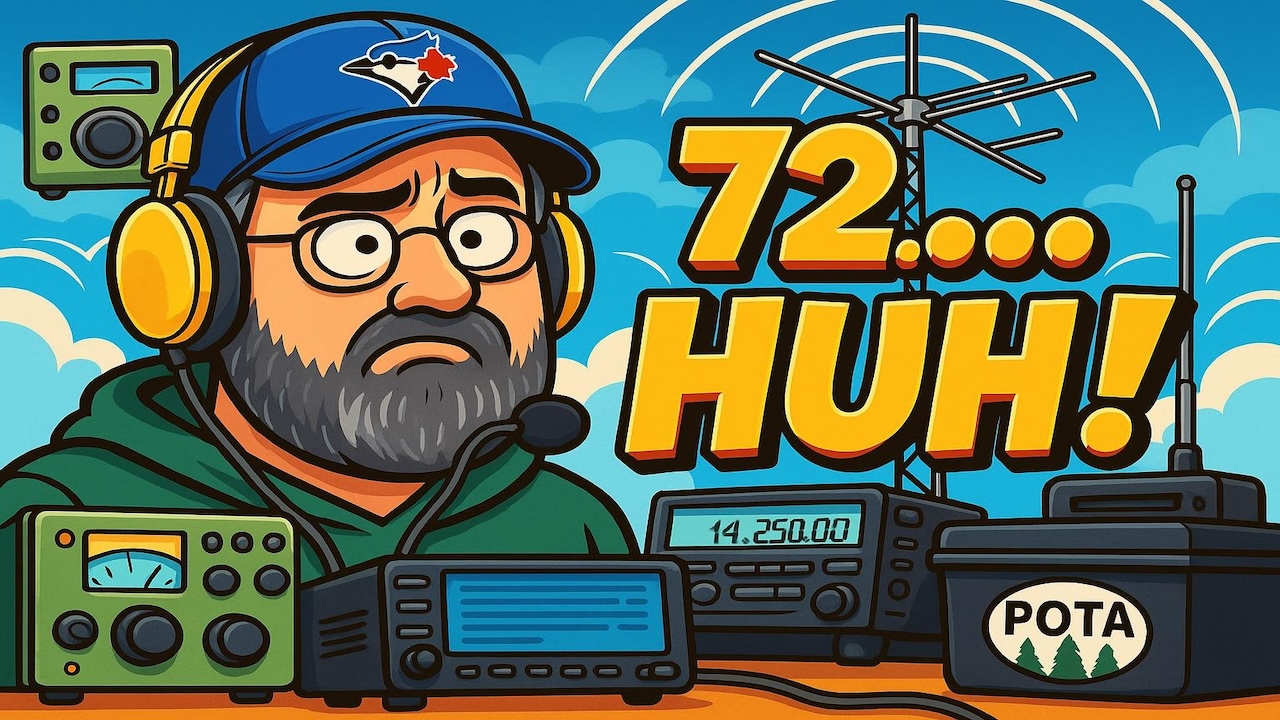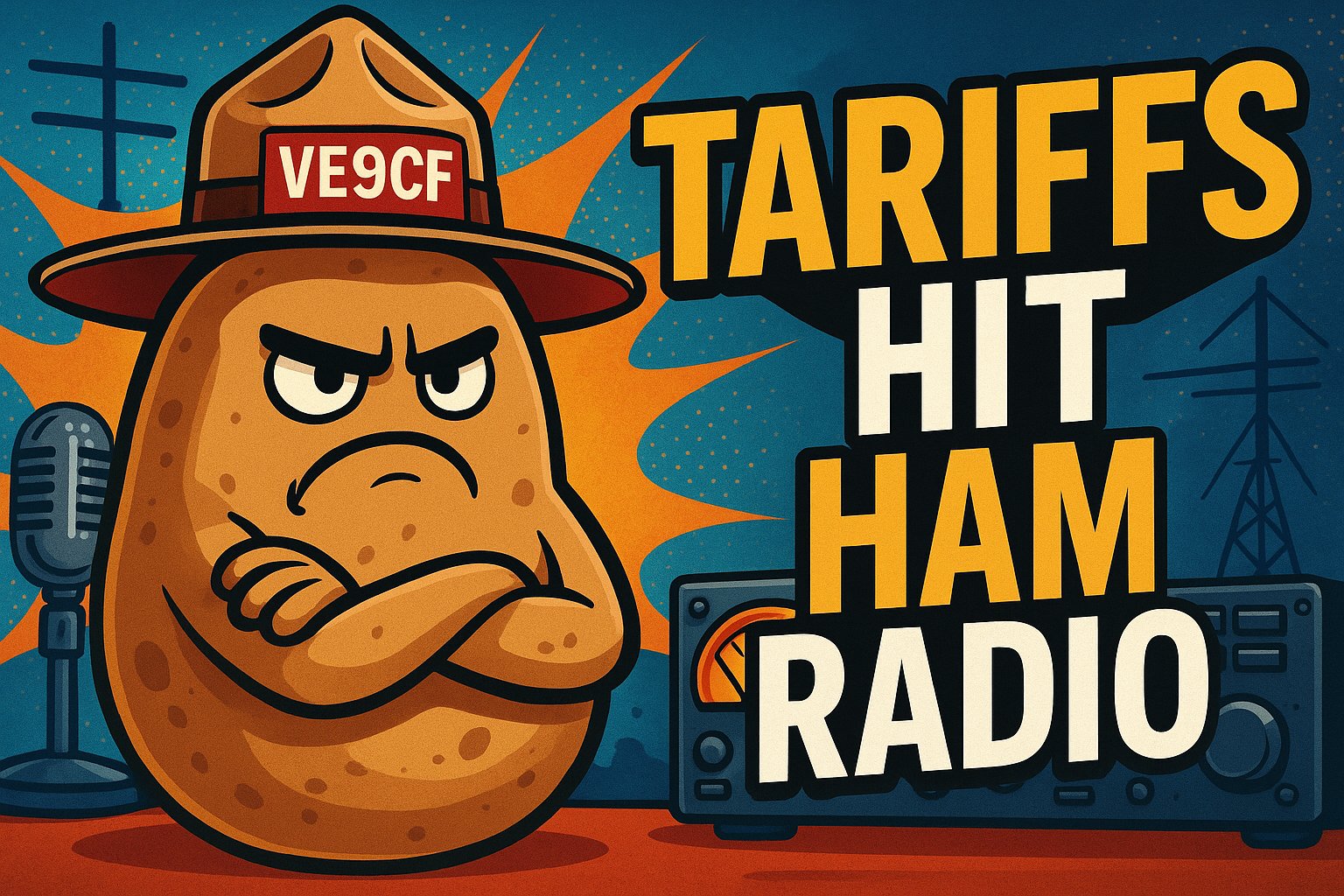Can You Use 14.300 For Your POTA Activations?
Welcome to another discussion on the radio communication world. It's crucial to understand the importance of frequency 14300 kHz and similar designated frequencies on other bands like 21.360 MHz and 18.1160 MHz. These are set aside as international distress frequencies, critical in global and regional emergency communications, especially for those at sea. It's paramount that these frequencies remain available for mariners to broadcast distress calls, confident that someone will be monitoring and ready to respond to emergencies. Radio operators must avoid using frequencies, particularly 14300 kHz, for non-emergency communication to prevent interference with potential distress signals.
As a reminder, initiating casual communication or calling "CQ" on these distress frequencies is inappropriate. Observing a plus or minus 5 kHz buffer from these designated frequencies should clear you of any potential interference with emergency traffic. While there is a common notion that no one owns any specific frequency, international consensus respects these as emergency channels that should remain unobstructed.
Key Takeaways
- Understand and respect using 14300 kHz and similar frequencies in emergency communications.
- Maintain clear frequencies by avoiding non-distress calls on these emergency channels.
- Recognize the global consensus on the importance of keeping these frequencies available for those in emergencies.
Importance of the 14300 kHz Frequency
Understanding the purpose of specific radio frequencies is essential for effective communication and safety. The frequency 14300 kHz, along with similar frequencies on different bands such as 21360 kHz and 18160 kHz on 17 m, serve as the international distress frequencies. These are dedicated channels used primarily for maritime mobile services if you are in trouble at sea. This is the channel to broadcast a distress call, like a Mayday.
Key Facts:
- Dedicated to Emergencies: Vessels at sea utilize these frequencies to send distress signals.
- Monitored Frequencies: Continuous monitoring of these frequencies ensures assistance in emergencies.
- Avoid Non-Emergency Use: It is inadvisable to use 14300 kHz or similar frequencies for normal contacts or calls (CQ).
To ensure your communications do not interfere with potential emergencies, here are guidelines to follow:
- Maintain Distance: Keep a buffer of plus or minus 5 kHz from these emergency frequencies.
- Respect the Protocol: While no one "owns" a frequency, these are internationally respected channels for distress signals and should thus be kept clear for emergencies.
Global Distress Communication Channels
Usage in Maritime Operations
Understanding the critical nature of specific radio frequencies designed for emergencies is essential. Frequencies such as 14.300 MHz should not be utilized for routine communications. Specifically, these frequencies are reserved for ships at sea that may encounter emergencies and need to send out distress signals. When a vessel finds itself in peril, operators can broadcast a mayday call on 14.300 MHz with the confidence that this channel is monitored and someone will be tuned in to assist.
You're advised to maintain a bandwidth clearance to ensure these emergency frequencies remain available for urgent use. Aim to keep transmissions five kHz above or below these designated distress frequencies to avoid interference. Although it might seem that frequencies are public property and available for all, the ones set aside for emergencies are internationally recognized. They should be treated with respect for the safety of those who may depend on them.
Procedures for Emergency Communication
Proper protocol on these reserved frequencies is crucial in an emergency. If you need to transmit a distress call, it's pertinent to articulate the emergency situation clearly. Calls for help, such as Maydays, should only be made when there's a genuine need for immediate assistance.
When operating near these protected frequencies, exercise caution and avoid non-emergency use to prevent disrupting potential life-saving communications. Calls to action, commonly known as CQ calls, should not be made on 14.300, 21.360, or 18.160 MHz to avoid interference with emergency traffic. By staying clear of these frequencies and monitoring your transmissions, you can help keep these channels open for those in dire situations at sea.
Appropriate Utilization of Emergency Frequencies
Spectrum Designations
International maritime frequencies, such as 14.300 MHz on the HF band and similar frequencies on different bands like 50 MHz, 21.360 MHz, and 17 Meters 18.1160 MHz, have been designated for exclusive use during crisis scenarios. These frequencies serve as a global channel for mariners at sea to signal distress. These frequencies must remain clear for their intended purpose, helping ensure that urgent signals can be transmitted and received without interference.
Guidelines for Operative Procedures
You are expected to maintain a careful distance from designated emergency frequencies. Avoid engaging in casual communications (CQ calls) within 5 kHz above or below the internationally recognized emergency frequencies, such as 14.300 MHz, 21.360 MHz, or 18.1160 MHz. Even though no individual or entity "owns" any specific frequency, these emergency channels are universally honored for their critical role in safety and rescue operations, and it is your responsibility to avoid disrupting them.
Closing Remarks
Our discussions today focused on the essential nature of specific frequencies designated for emergency communications. Specifically, 14300 kHz is vital for issuing distress signals, especially in maritime scenarios. Let's not forget the other frequencies with similar purposes, such as those on 50 m, 21360 kHz, and 17 m, 18.1160 kHz.
Important Considerations:
- Respect the Designated Emergency Frequencies: 14300 kHz are internationally assigned for emergency distress calls. Acknowledging this and avoiding using these frequencies for non-emergency communication is crucial.
- Frequency Usage Protocols: When you operate your equipment, maintaining a 5 kHz distance, either above or below the emergency frequencies, will ensure you're operating within safe boundaries. This practice helps to avoid interference with any potential distress signals that may need immediate attention.
- Global Frequency Etiquette: Although it's sometimes argued that no individual can "own" a frequency, the international respect accorded to these emergency channels dictates that we avoid them for day-to-day communication. By doing so, we support the global community's efforts to maintain these frequencies as lifelines for those in dire need.
Your actions on the airwaves can significantly affect safety at sea and elsewhere.






